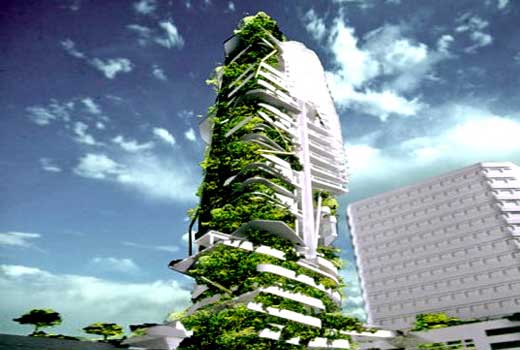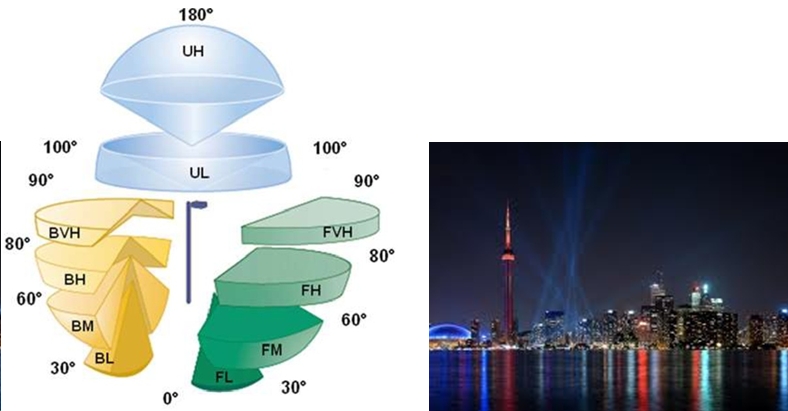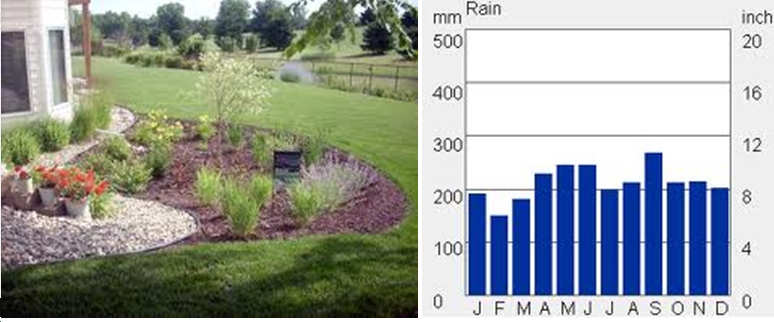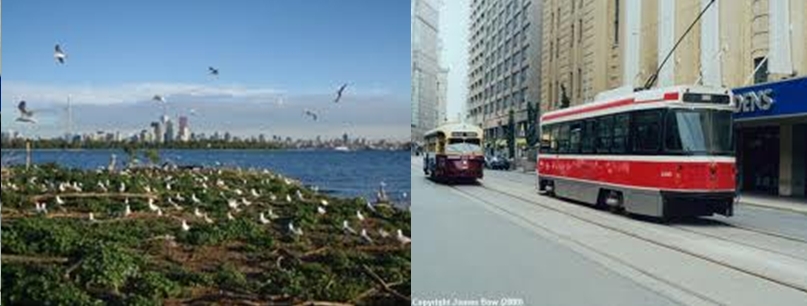Site Selection is the first step and arguably the most important part of the green building process. It is based on a simple concept that the potential environmental effects of a project depend on where you plan to build it. LEED awards points for the location you’ve chosen based on items ranging from proximity to public Transit to providing bike storage and showering facilities.
POSSIBLE FUTURE CREDITS UNDER REVIEW, What do you think?
Pilot Credit 7: Light pollution reduction: In first option mentioned in this credit, the designer has to select the right type of luminaire having BUG rating with right quantity and place them at the right location. There is no requirement of providing computer simulation for the same. In second option he can calculate the light passing through light boundary. Number of calculations proposed in this credit is lower than earlier version. Although there are questions about some luminaires qualifying for this credit but not for earlier LEED 2009 and LEED 2012 credits, these issues are likely to be sorted out in LEED 2012 public draft #3 in next few months. There are also requests to exempt flag lights from compliance requirement. In totality, this credit looks much simpler and this has made credit point application job much easier.
Pilot Credit 16: Rainwater management: The approach used here is to reduce the runoff volume of rainwater by using natural hydrology systems by implementing green development and low impact development (LID) measures. There are two options of achieving this credit, first option mentions 95th percentile and the second on 98th percentile regional and local rainfall even. As these credits are pilot credit it is logical to apply for option 1 which required 95th percentiles. Option 2 earns extra points only after LEED V4 are implemented (Year 2013 end?)
Pilot credit 45: Site assessment: This credit is awarded for the purpose of carrying out detailed study of the site before starting design. The study intends to preserve the natural habitat of the site such as flora, fauna, soil, water etc. The study also emphasises Human being comfort by addressing air pollution, transportation, security, aesthetics of the surroundings etc. The purpose of this credit is really good but there are issues of implementation. Is there data available for all sites to study above parameters? Will it be really done to preserve environment or it will be done at the end of project just to get credits.
Pilot credit 64: This credit is only applicable for existing buildings. The focus is on planning for next five years to improve natural resources and habitat of existing buildings. In contrast with pilot credit 45, the data for this credit is readily available in the form of plans, schedules etc. The credit can be achieved by implementing simple No cost/low cost techniques in consultation with experienced agency.






